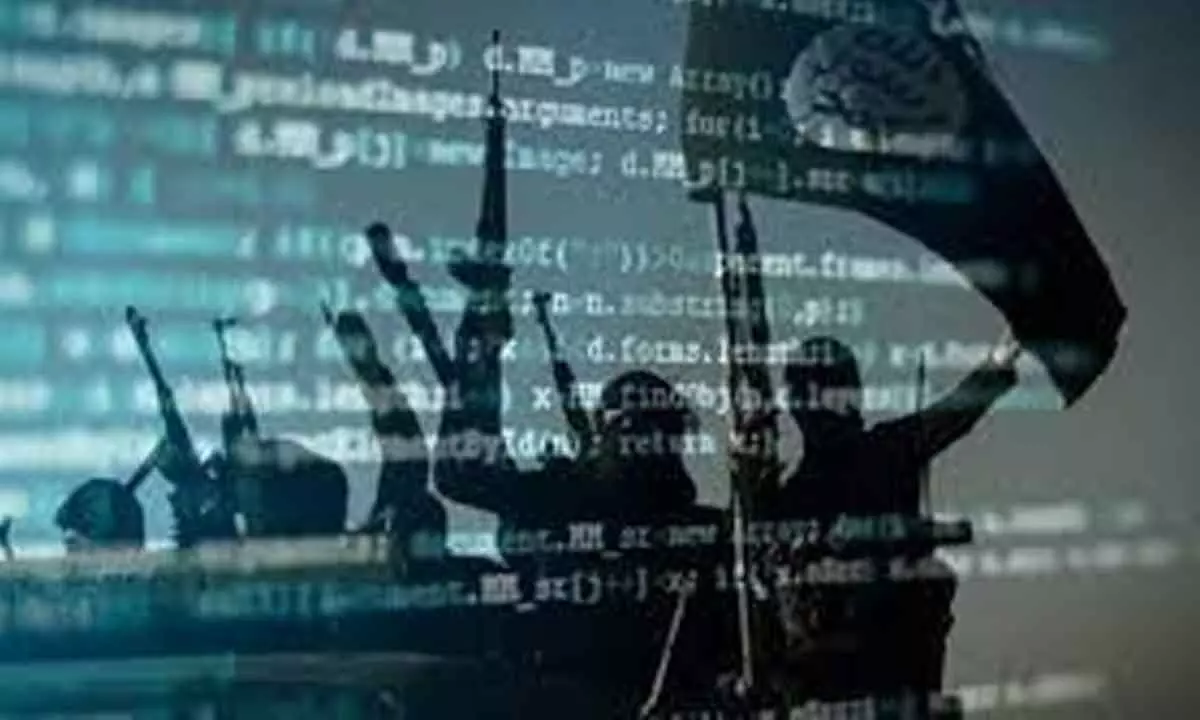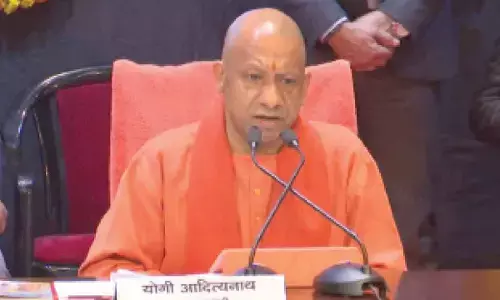Terrorist recruitment now mainly online

Most notably, we've found that in recent years, people who go on to be convicted of terrorist offences are far more likely to have been radicalised online – without any offline interactions at all – than was the case in the past. While the seeming ease with which this can happen is worrying, we've also found that people recruited purely online are less likely to commit violent attacks and less committed to their extremist causes than those recruited via in-person meetings
London (The Conversation): It is notoriously difficult to work out how and why someone becomes a terrorism risk. While attacks cause immense pain and suffering, the actual number of terrorist incidents in the western world is small. That makes it difficult to arrive at reliable, quantified evidence.
But in our research, we've started to identify important patterns when it comes to different journeys into extremist offending. Most notably, we've found that in recent years, people who go on to be convicted of terrorist offences are far more likely to have been radicalised online – without any offline interactions at all – than was the case in the past. While the seeming ease with which this can happen is worrying, we've also found that people recruited purely online are less likely to commit violent attacks and less committed to their extremist causes than those recruited via in-person meetings.
The shift online
While face-to-face radicalisation continues, the process is now found to take place primarily online. Mixed radicalisation, where extremist offenders are subject to both online and in-person influences, has also been declining. It is now much more common for people to be radicalised online. They might learn from online sources or engage with extreme views on social media. They might also use internet forums and chat groups that provide easy access to like-minded others. Online radicalisation is not necessarily happening predominantly through one-to-one communication channels. The most commonly named platform is YouTube. While encrypted applications will always play their role, monitoring and regulating the more public online spaces is likely to make the most difference.
It was also interesting to note that those radicalised online consistently showed the lowest level of estimated risk. They were less engaged with extremist causes than those radicalised offline. They were also the most likely to have committed a non-violent offence, such as inciting and encouraging others to commit terrorism or possessing terrorist material, and to have committed their offences solely online. They were also far less intent on committing further offences after leaving prison than those who were radicalised offline – and they appeared to have the lowest capacity to commit further crimes because of having less access to the knowledge, networks or materials they might need.
So it seems that while online radicalisation is the most pervasive form at the moment, it is not overly effective at permanently immersing people in an extremist mindset. Nor is the online approach particularly successful for conveying the skills and knowledge necessary to commit graver offences.
Disrupting online plots
In order to check for potentially more dangerous sub-groups, we also focused on those offenders classed as attackers. These were people who did not necessarily carry out full attacks but had, at the very least, cast themselves in such a role and had pursued attack plans. The online group showed the lowest frequency of attack-related activities, and attackers in this group were least successful in progressing plots for attacks. Only 29% of these plots moved from planning to the execution stage and only 18% were successfully carried out. All the plots we studied, which were not successful, had been disrupted by the police or other security services.
The online world is, after all, not a perfect hiding place. Online activities often leave traces that can be detected by counter-terrorism practitioners. While this could all mean that online radicalisation is comparatively harmless, there is a thin line between a relatively ineffective online-only radicalisation and a much more effective mixed radicalisation that includes both online and in-person influences. Online communication can slide into real-life interactions, and people radicalised via the latter technique were assessed as being highest in engagement and intent.
So while the switch to online radicalisation appears to make people easier to catch and less likely to commit violent attacks, this form of radicalisation should still be taken seriously and be recognised as a potential stepping stone towards more dangerous behaviour.
(Binder works at Nottingham Trent University and Baker-Beall at Bournemouth University)











